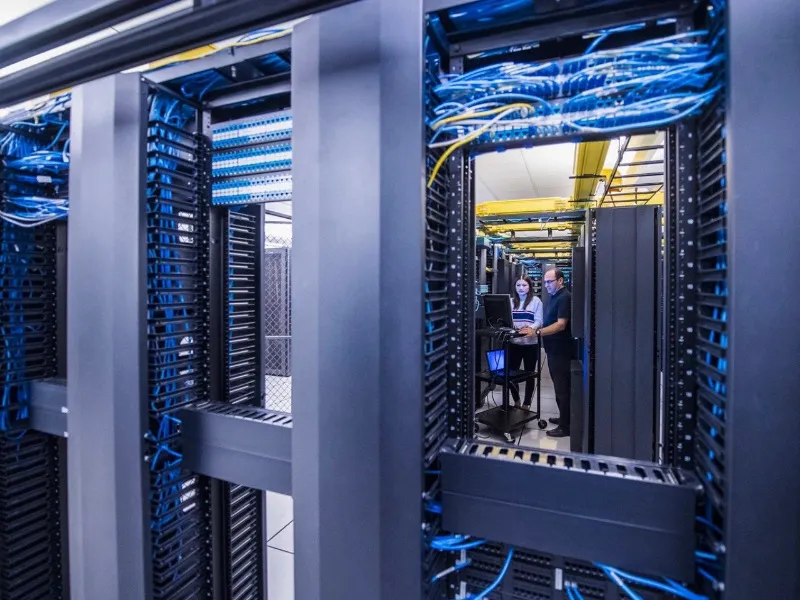- At its core, a server room is a dedicated space within a building designed specifically to house servers and networking equipment.
- They provide a controlled environment that includes temperature and humidity regulation, power supply stability, and security measures.
Data is the new currency nowadays, server rooms are the unsung heroes that power our connected world. But what exactly is a server room, and why is it so pivotal to modern technology?
Defining a server room
At its core, a server room is a dedicated space within a building designed specifically to house servers and networking equipment. These rooms are equipped with racks or cabinets that hold various types of servers, storage devices, and networking hardware. Think of a server room as the central hub where all the critical IT infrastructure of an organisation resides.
For instance, in a typical corporate environment, a server room might house servers that run applications, manage email, and store critical business data. In larger enterprises or data centres, these rooms can be vast, containing rows of server racks, cooling systems, and sophisticated fire suppression systems. The key function of a server room is to ensure that these crucial IT components are housed in a controlled environment that maintains optimal operating conditions.
Also read: What is data centre infrastructure management (DCIM)?
Also read: Liquid cooling tech from China: Saviour of the AI industry?
Functions and importance
Server rooms are essential for ensuring the smooth operation of IT systems. They provide a controlled environment that includes temperature and humidity regulation, power supply stability, and security measures. This controlled environment is crucial for preventing hardware failures and ensuring reliable performance.
For example, a well-designed server room will include high-efficiency cooling systems to prevent servers from overheating, as excessive heat can lead to hardware malfunctions or failures. Power redundancy systems, such as uninterruptible power supplies (UPS) and backup generators, are also critical to protect against power outages and ensure continuous operation.
Additionally, server rooms are equipped with robust security measures, including physical access controls and surveillance systems, to protect against unauthorised access and potential threats. This security is vital as servers often hold sensitive and confidential information.
Recent developments and innovations
The role of server rooms has evolved with advancements in technology. The rise of cloud computing and data centres has led to more sophisticated designs and operational practices. For instance, modern server rooms and data centres are increasingly implementing energy-efficient technologies and green practices to reduce their environmental impact.
A notable example is Google’s data centres, which employ cutting-edge cooling technologies and renewable energy sources to minimise their carbon footprint while maintaining optimal server performance. These innovations reflect a growing emphasis on sustainability and efficiency in the management of IT infrastructure.
Aserver room is more than just a physical space; it is a critical component of an organisation’s IT strategy, ensuring the reliable operation of servers and network equipment. By providing a controlled environment, robust security, and advanced technology, server rooms play a vital role in supporting the digital backbone of modern businesses and services.

